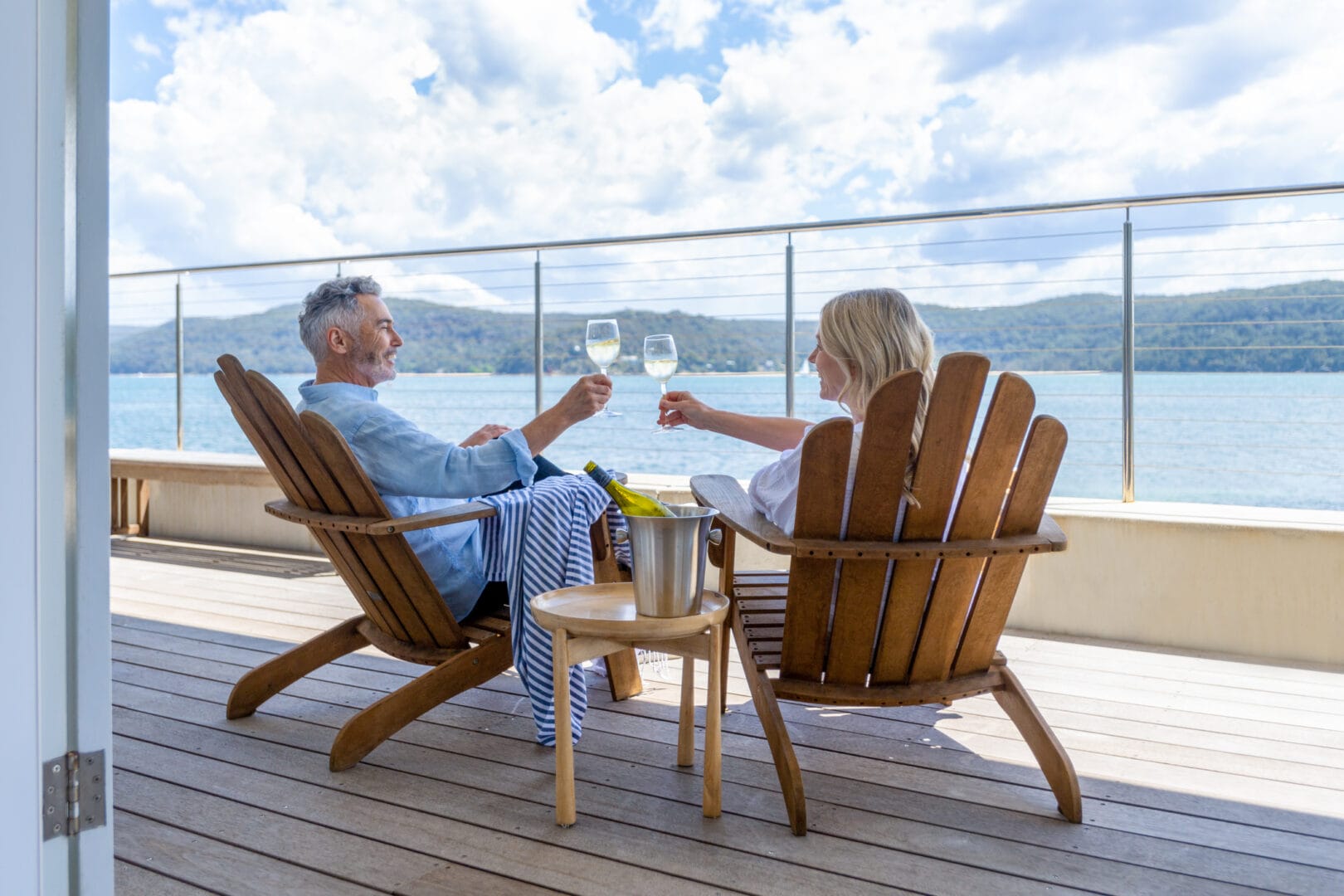The luxury senior housing market is experiencing a significant surge, driven by the aging baby boomer generation, which boasts a substantial financial clout with an estimated net worth of $3 trillion. This affluence is fueling the development of high-end senior communities that promise a “resort-style living” experience, catering to those seeking to enjoy their golden years in luxury. As of the third quarter of 2023, baby boomers held a commanding 51.3 percent of the total wealth in the United States, starkly contrasting with millennials, who accounted for about 9.3 percent of the nation’s wealth.
The Appeal of Luxury Senior Housing
The hallmarks of these luxury communities are their hotel-like amenities and concierge-level services.
These upscale senior housing communities offer a continuum of care—from independent living to assisted living—allowing people to age in one place for a relatively fixed price, but with amenities common in exclusive hotels and high-end cruise ships.
Seniors have the benefit of moving in without giving up on their vision of the way retirement should be. For many, upscale senior housing options offer an unexpected late-in-life upgrade: part country club, part senior living.
Unlike the bland, beige-box living environments many people think of when they envision senior housing, high-end luxury communities put the “gold” in “golden years” thanks to everything from elegant chef-prepared dining and expansive wine rooms to immaculately groomed golf courses and putting greens. Other typical amenities include salons and spas, state-of-the-art fitness centers with exercise experts, theaters for movies and events, Internet lounges, billiard rooms, art studios, libraries, grocery shopping and delivery, dog walking and pet care, and transportation services.
Customer-centric service is the mantra of today’s luxury senior housing communities where 24-hour concierge service is considered standard. Another trend is to provide residents with lifelong learning and complete health and wellness centers with nutrition advice, spa services, and personal trainers.
Architecture design in luxury senior housing is often grand and expansive. High ceilings in large rooms provide a feeling of freedom with ample space. Large windows provide natural light which helps with mental well-being and general happiness. They’re also more spacious than conventional senior living houses and apartments with upscale touches, such as gourmet kitchens and contemporary furnishings.
Understanding the Costs
Resort-style retirement living comes with a price, of course. The cost of living in this kind of luxury senior housing is based on several factors, including location and amenities. For luxury apartments and independent living communities, rents might start in the range of $1,000 to $2,000 a month and go up to $5,000, depending on where you live and the size of your living space.
The pricing model for continuing care retirement communities—which ranges from independent, single-family homes up to full-time nursing care facilities—generally is different. In these communities, you pay an entrance fee. Entrance fees vary but can be in the low- to mid-six figures and for the really luxurious communities, up to $1 million.
After the entrance fee, residents then pay a monthly fee, which can range from $2,000 to $5,000. However, a portion of the entrance fee for continuing care retirement communities may be refunded if you move out, or attributed back to your estate when you die. Refunds of fifty to ninety percent are common.
Tailored Assistance with Senior Care Needs Assessment
To further support those considering senior living options, we offer a complimentary Senior Care Needs Assessment Tool. This tool provides personalized recommendations based on your specific concerns and needs regarding senior care. By filling out a simple form, you can receive guidance on whether exploring senior living options is the right step for you or your loved one.
Start the assessment to make an informed decision about your retirement living choices.





